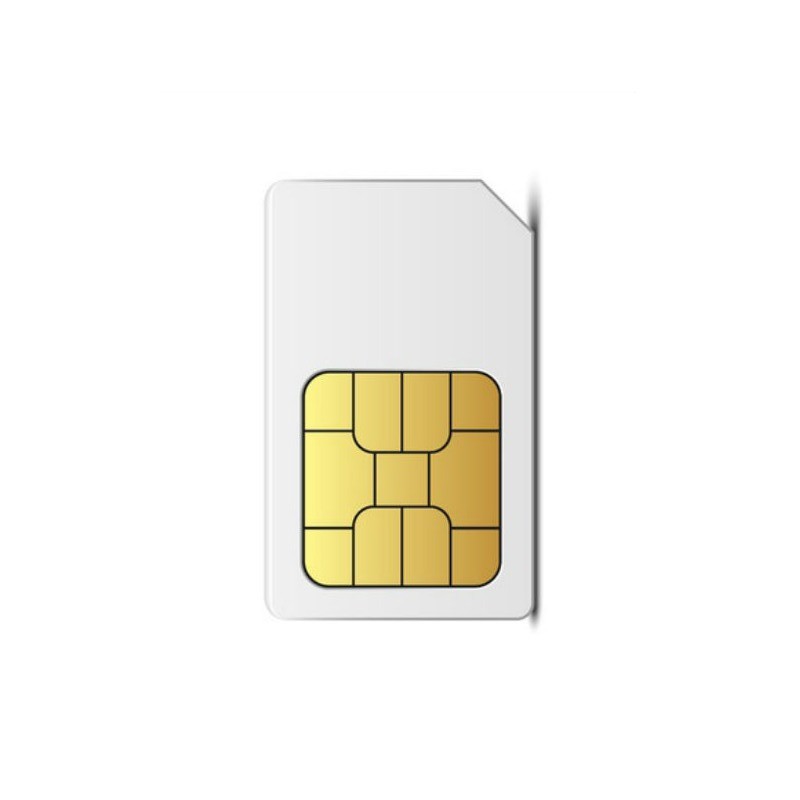Over the last several years, eSIM technology has been embraced as a transformational technology with the potential to change how we connect to mobile networks.
The strength of eSIM lies in how it seamlessly bridges modern digital life with real-world mobility due to its ubiquity, flexibility, convenience and many applications.
Counterpoint predicts that by 2030, almost 70% of all cellular devices shipped worldwide would support eSIM or iSIM technologies.
While the technology has become more accessible, consumers haven’t yet fully appreciated its full potential.
Chief Product Officer at Proximus Global.
In fact, according to a YouGov/Proximus Global survey of more than 6,000 adults in the US, UK, and China, only 33% are aware of what an eSIM is – and 42% couldn’t say if their phone was equipped with one. However, when further probed, 49% of consumers are open to using the technology when informed of its many benefits.
This is particularly true in the international travel industry, where Travel eSIM are set to transform the connectivity landscape for consumers when travelling abroad. Travel eSIMs are a digital alternative to physical SIM cards, providing consumers greater reliability, convenience and flexibility at a much lower cost.
For mobile operators, retailers, and other non-traditional suppliers seeking to offer new Travel eSIMs services to their customers, what is clear is that the appetite for Travel eSIM is high, but more consumer awareness is needed, particularly when you compare differences in awareness and appetite by region.
Why is China ahead and the US and UK behind?
The same YouGov/Proximus Global study found China has the highest enthusiasm for Travel eSIM technology at 60%, with the U.K. lagging slightly behind at 56%. Comparatively, when asked if they would consider using an eSIM when travelling abroad, only 35% of U.S. respondents said they would.
So, what’s the reason for this difference in interest and adoption by region? There are two important factors to consider.
The first is the availability of ‘free roaming’. The lower interest in using travel eSIMs in the U.K. could be attributed to the ‘Roam Like Home’ deals currently available across Europe. These deals have meant that UK residents travelling in areas throughout Europe have been able to use their regular mobile plan allowances without incurring extra roaming charges.
However, post-Brexit, these deals aren’t so certain. In fact, of the major mobile networks in the UK, O2 is now the only one that isn’t bringing back EU roaming charges (for up to 25GB). This shift has meant consumers might need to rethink their travel connectivity plans, particularly when travelling in Europe.
The second, big factor in how popular travel eSIMs might be in a particular market is how many consumers are actually travelling abroad. In the U.S., for instance, domestic travel is more common than international travel.
However, with Gen Z getting older, their travel plans differ from previous generations. In fact, in 2023, Gen Z travelers booked international flights 32% more than domestic ones.
China, at the moment, has had the best of both worlds. It is one of the world's biggest markets for outbound tourism, with 155 million international trips projected to be taken in 2025. This, alongside China’s lack of free roaming agreements like in the UK, has allowed travel eSIMs to flourish in the market.
As the barriers are beginning to shrink for the US and UK markets with changing consumer habits and roaming deals, now is the opportunity for retailers and operators alike to invest in consumer eSIM offerings. But how?
Turning opportunity into reward
For consumers, the benefits of eSIM are immediate: seamless, reliable, always-on connectivity wherever they travel. For retailers, telcos and travel brands, there is an even greater opportunity here to boost margins and unlock new growth.
Luckily for retailers in these markets, they have the upper hand. These businesses already have large, established customer bases ready for engagement. Retailers have the opportunity to enhance their portfolios immediately and easily with a high-value, high-return new offering that addresses a real consumer pain point, positioning brands for greater loyalty and deeper and more trusted customer relationships.
For other businesses operating within the travel industry, eSIM provides a relatively straightforward cross-sell opportunity to bundle eSIM services into their offerings, whilst adding a new revenue stream by partnering with plug-and-play connectivity providers.
As the model shifts away from traditional operators, eSIM is levelling the playing field. Businesses outside of telcos, from retailers to airlines, can now offer digital connectivity without owning infrastructure, creating new possibilities for growth.
Ultimately, the travel eSIM revolution will only materialize through consumer education, driving awareness, building trust and normalizing adoption. With awareness and adoption of eSIM still low in the UK and US, the window for first-mover advantage is wide open, and the brands that lead now will be the ones consumers follow tomorrow.
We've listed the best eSims for Turkey, Thailand, Mexico, Italy, and Japan.
This article was produced as part of TechRadarPro's Expert Insights channel where we feature the best and brightest minds in the technology industry today. The views expressed here are those of the author and are not necessarily those of TechRadarPro or Future plc. If you are interested in contributing find out more here: https://www.techradar.com/news/submit-your-story-to-techradar-pro








 English (US) ·
English (US) ·